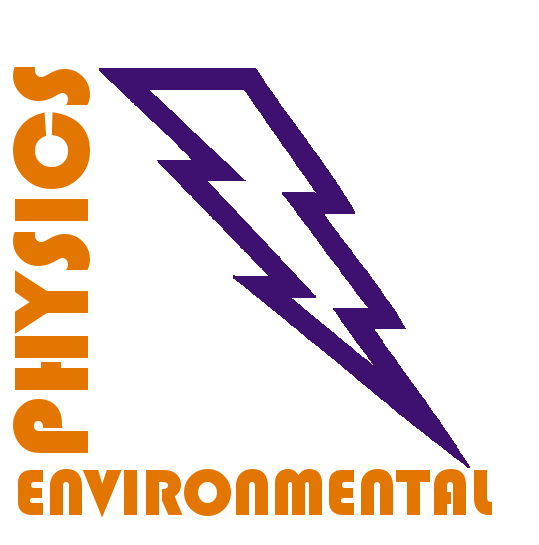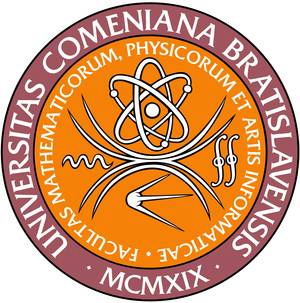Chemical Analysis of Four Types of Plasma Activated Liquid Stored at Different Temperatures and Neutrophils Treated by PAL
Pasztor S., Szarazova K., Pastorek M., Konecna B., Tothova L., Machala Z.
9th International Conference on Plasma Medicine ICPM-9, Utrecht (Netherlands), Jun 27 - Jul 1, p. 172 (2022)
požiadaj o kópiu
|
|
Abstrakt: Although the effects of plasma activated liquids (PAL) in bacterial decontamination, cancer treatment
and plant biology have been extensively studied [1], the effects of PAL storage on its chemical
composition are still not well described. Our research is focused on the antibacterial effects of
different types of PAL stored at different temperatures, which determine changes in the
concentrations of reactive oxygen and nitrogen species (RONS). The aim of this study is to
understand the influence of freezing and refrigerator storage of PAL at their chemistry and RONS
concentrations. The obtained data will be employed in creating experimental protocols of
immunocompetent cells - neutrophils treated by different PAL.
We tested four types of PAL prepared by different atmospheric air discharge settings: Streamer
Corona (SC), Transient Spark with Electrospray (TS-ES), Transient Spark Batch (TS-B) and Glow
Discharge (GD). Besides different types of discharges, we tested different types of activated liquids:
saline, PBS (Phosphate Buffered Saline) and deionized water. Concentration of H2O2, NO2
-, NO3
-
was analyzed in these PALs, except SC, at different storage temperatures (-18 °C, 4 °C, 23 °C). The
chemical analysis was carried out immediately after plasma activation and after 24-hour storage at
each tested temperature.
The most alarming result is the influence of storage of the PAL prepared from PBS at -18 °C. The
freezing of PAPBS resulted in the strong decrease of the NO2
- concentration, which resulted in a
decreased antibacterial effect. This can be caused by the crystals of salt which can be formed in the
frozen PAL. It is important to mention the same result of losing NO2
- in plasma activated saline,
where the decay of NO2
- is likely caused by its reaction with hydrogen peroxide in acidic environment
(peroxynitrite formation). The acidic environment is not present in PAPBS, the peroxynitrite
formation is substantially slowed down, and so the real reason of the decay of NO2
- will be the point
of our further research.
The initial research of neutrophils treated by PAL shows a high potential of GD PAL and lower
potential of TS-B and TS-ES in reducing the viability of neutrophils, which could either worsen the
inflammatory state by deactivation of neutrophils or, in other cases, ease the symptoms of
hyperinflammatory syndrome caused potentially by neutrophil extracellular traps.
This work was supported by Slovak Research and Development Agency, grant APVV-17-0382.
|

